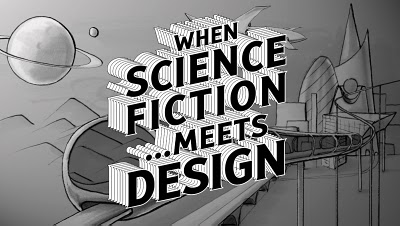Matt Ward offers some interesting food for thought in ‘Design Fiction as Pedagogic Practice’. The title sounded scary BUT it was definitely worth the read.
Sounds silly but I’ve never really considered the concept/word “design” when I think about writing. And design is essentially what you do as a fictional writer. You design characters, worlds, the plot…everything inside your story.
Ward is fascinated with this ‘interplay between fiction and design and speculation’.
He notes that “all design is fiction” because designers create ‘propositions for a world that is yet to exist’. It’s actually incredibly interesting to think about this process. I’ve always loved to write so the notion of encouraging imagination to turn fictions into reality is really inspiring.
I’m imagining these uber-cool designers living in this amazing fantasy world where they dream up new worlds and gadgets to use in them. What a cool job!
Finally Ward makes an obvious but important point that “things that work don’t create interesting stories”. This is all too true in fiction! Who wants to read about a perfect world where everyone is happy and nothing interesting or exciting happens?!
He goes onto suggest that the current popularity of dystopian novels stems from this concept. It could prove worthwhile to take inspiration from The Hunger Games, Divergent and The 5th Wave (just to name a few) to get ideas for design…



